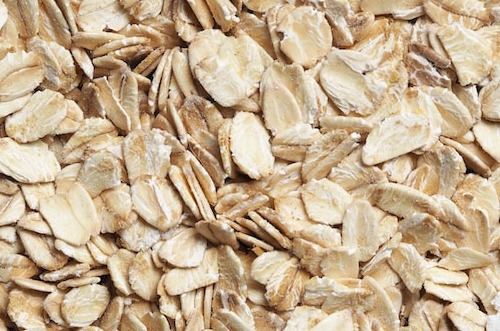
In W34 in the oats landscape, Russia is expected to harvest 140 million metric tons (mmt) of grains in 2023, marking the second-largest grain harvest after the record-breaking 157.7 mmt in 2022. This includes 3.48 mmt of oats, compared to 4.53 mmt previously. Additionally, spring crops are being harvested in Russia's Upper Volga region, including oats harvested from 350 hectares (1%). Meanwhile, in Cherkasy, Ukraine, farmers have already threshed 2.9 thousand metric tons (mt) of oats.
In Baden-Württemberg, Germany, the 2023 grain harvest forecast is at 2.77 mmt, 4% below the six-year average and 3% less than the previous year. This is attributed to adverse wet conditions during spring, affecting tillage and sowing, and subsequent dry soil from Jun-23 onwards, hindering yield development in many areas. The impact of drought is most prominent on oats, with an estimated yield of 4.2 mt/ha, nearly 25% lower than the previous year's 5.5 mt/ha and well below the six-year average of 5.1 mt/ha. Despite an area increase of 8% year-on-year (YoY), the oat harvest volume is expected to drop 18% YoY in 2023 to 79 thousand mt.
In Brazil, the main summer crop harvest projections indicate rapid progress in the growth stages of white oats. Presently, 33% of crops are in vegetative development, 30% are in flowering, 24% are in grain filling, and 10% are maturing. Harvesting has begun for 3% of the crops. Additionally, Rio Grande do Sul anticipates a total winter cereal harvest in 2023, encompassing oats, canola, and barley, amounting to 5.6 mmt, the second-largest in history.
Lastly, Poland exported more than 6.6 mmt of cereal grain via seaports during the 2022/23 season. This marks a significant increase compared to the 3.9 mmt exported through this route in the previous 2021/2022 season. The exports include 16 thousand mt of oats.



